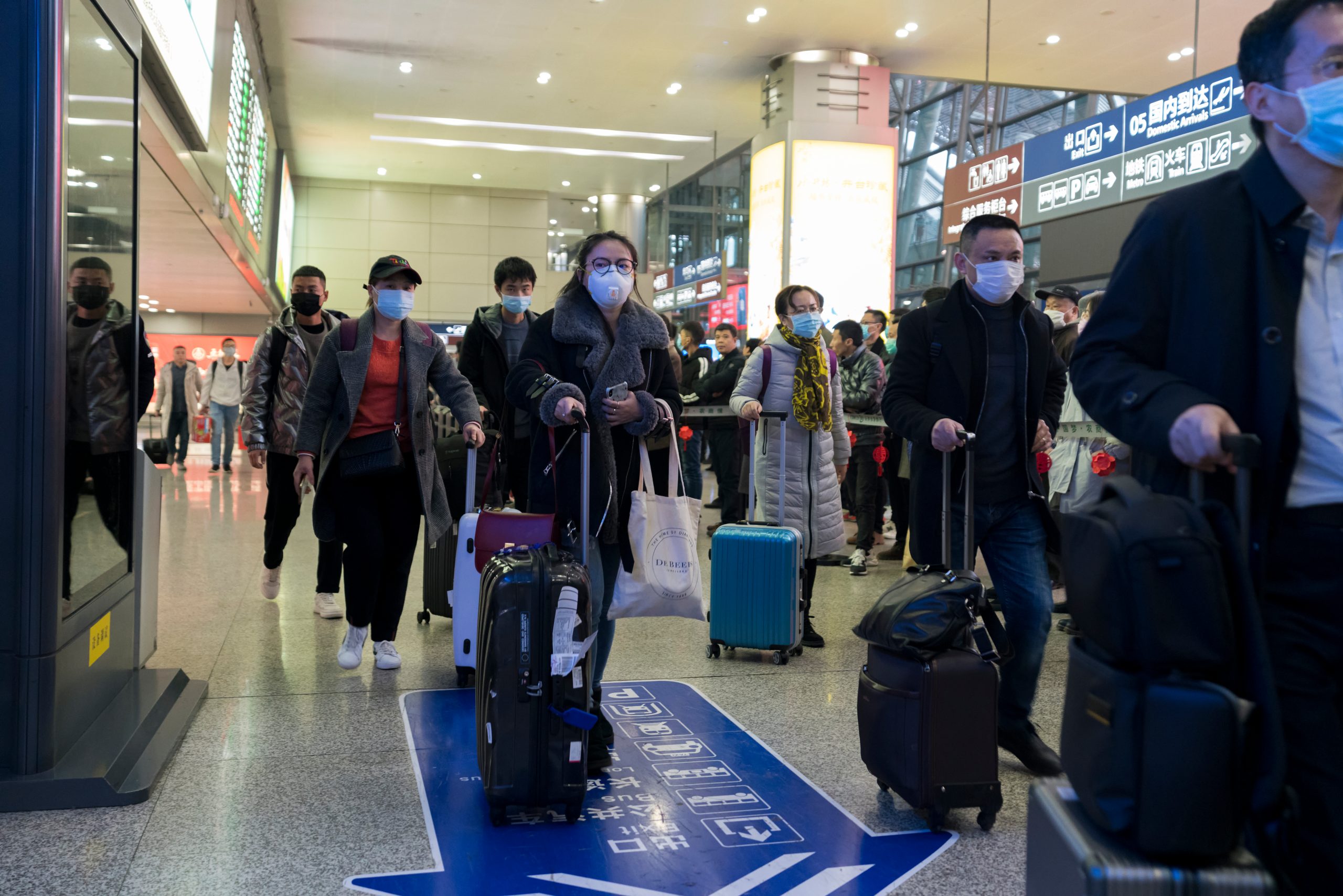Household Bills
‘Test to Release’ starts tomorrow but scheme details remain unclear

Travellers arriving in England from 15 December can reduce the amount of time they spend in quarantine to five days by paying for a coronavirus test.
But despite the scheme starting tomorrow, the government is yet to publish a list of private coronavirus test providers approved to administer the tests.
Transport secretary Grant Shapps announced the ‘Test to Release’ plan last month. It applies to people arriving in England by plane, ferry or train from countries not on the government’s travel corridor list.
Under the scheme you can choose to pay for a private Covid-19 test. The earliest you can take the test is five full days after you left a place not on the travel corridor list. If the result is negative, you can stop self-isolating.
The scheme is voluntary and applies to those self-isolating in England only.
Also from tomorrow, the quarantine period without a test will be cut from 14 days to 10 days.
Countries or territories that are on the government’s travel corridor list can be visited without needing to quarantine at all when you return to the UK.
How do I get a test?
To participate in Test to Release, you need to book a test from a government-approved private provider before you return to England, and state you’ve done this on your passenger locator form.
However, the government has not yet published details of which firms are government-approved providers.
You must go straight into self-isolation at home until you have your test. The test can be taken anytime on or after the fifth day of quarantine, either at home or at a private test facility.
If the test is negative, you no longer need to self-isolate.
Test costs will be up to £120 per person. You can’t have a free NHS test, as these are reserved for UK residents who have symptoms.
The government says the scheme aims to support airports across England as they recover from the pandemic, but also aims to protect NHS testing capacity.